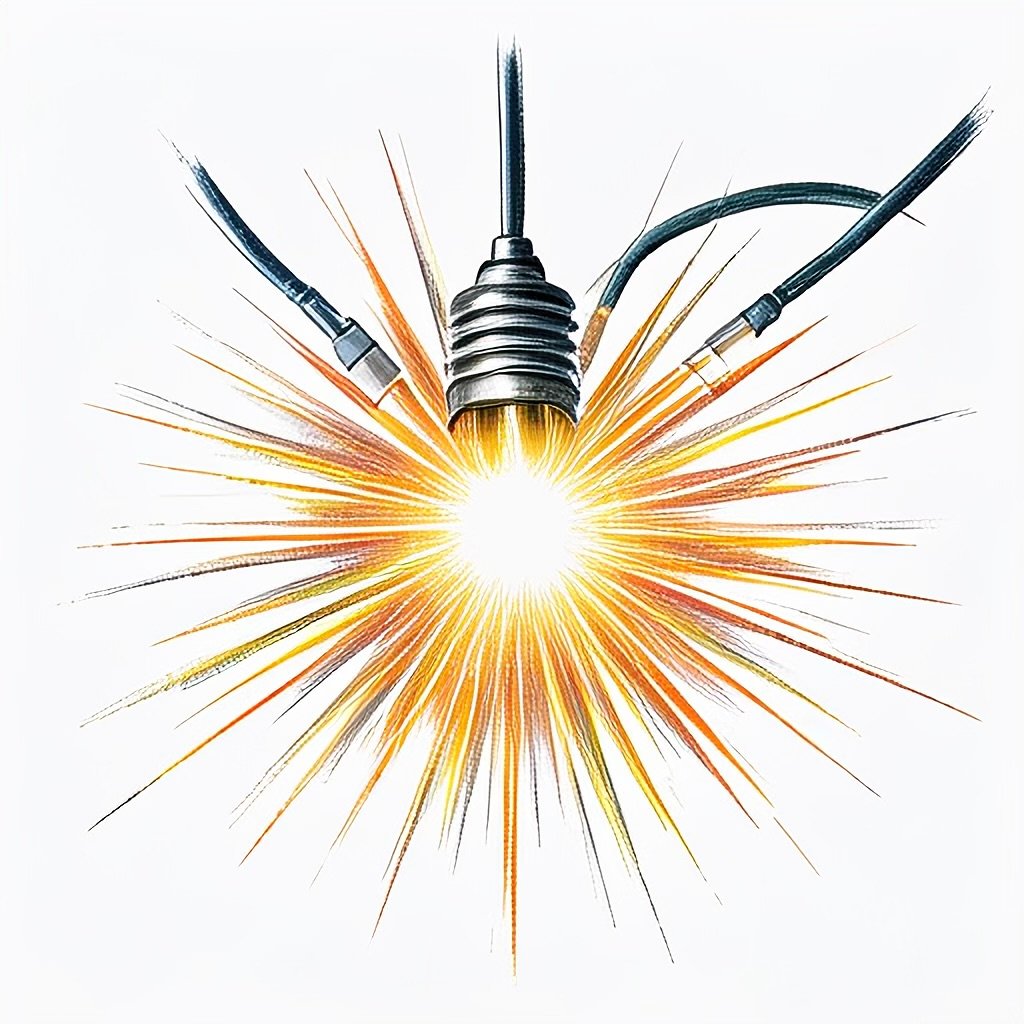What is ASMR?
Autonomous Sensory Meridian Response, commonly referred to as ASMR, is a phenomenon characterized by a tingling sensation typically experienced in response to specific auditory or visual stimuli. This sensation usually begins at the scalp and can travel down the neck and spine, inducing a state of relaxation that many individuals find highly soothing. ASMR is often triggered by sounds such as whispers, tapping, crinkling, or personal attention, which can evoke peaceful feelings and encourage a sense of calmness and well-being.
The mechanisms behind ASMR are not yet entirely understood, but research suggests that the relaxing effects may be linked to the release of certain neurotransmitters, including dopamine and oxytocin, which are associated with pleasure and bonding. When individuals engage with ASMR content, whether through videos, podcasts, or live streams, they may find that their stress levels diminish, leading to improved sleep quality, reduced anxiety, and an overall sense of tranquility.
The popularity of ASMR has surged in recent years, particularly within online communities on platforms like YouTube and TikTok, where content creators curate experiences designed to trigger ASMR responses. These creators often employ various techniques, combining sound and visual elements to provide immersive experiences that cater to their audience’s preferences. Furthermore, ASMR has found representation in a wide array of media, including television and art forms, highlighting its growing recognition as a legitimate phenomenon and a potential tool for promoting relaxation and sleep.
As the understanding of ASMR evolves, it continues to attract interest from both scientists and the general public. This intrigue underscores the importance of exploring how ASMR can serve as a natural remedy for sleeplessness and enhance overall emotional health through its unique sensory experiences.
The Science Behind ASMR and Sleep
Autonomous Sensory Meridian Response, commonly known as ASMR, has gained significant attention as a potential natural remedy for sleeplessness. Research in recent years has focused on understanding the calming effects of ASMR on the nervous system, presenting insights into how it may aid sleep. Scientific studies demonstrate that ASMR triggers a relaxation response, which can play a crucial role in enhancing sleep quality.
At its core, ASMR often involves auditory and visual stimuli, such as whispering voices, tapping sounds, or gentle movements, all of which can elicit a tingling sensation. This sensory experience is reported to help individuals experience a tranquil state of mind, reducing levels of anxiety and stress that often contribute to sleep difficulties. Studies have shown that when people engage with ASMR content, they often report feelings of relaxation, which may help transition them into a sleep-ready state.
Furthermore, ASMR has been linked to the release of neurotransmitters such as dopamine and endorphins. These chemicals play vital roles in regulating mood and promoting feelings of well-being. The calming influence of these neurotransmitters can enhance relaxation, making it easier for individuals to fall asleep and stay asleep throughout the night. The overall process can be conceptualized as a natural aid to bolster sleep hygiene by helping to prepare the body for rest.
In essence, the scientific exploration of ASMR as a sleep aid highlights its potential benefits in soothing anxiety and promoting serene experiences. As individuals seek natural alternatives to address their sleeplessness, ASMR stands out as an intriguing option worth further investigation. This presents an opportunity for continued research into the efficacy of ASMR in the realm of sleep science.
Ways ASMR Can Help Combat Insomnia
For individuals struggling with insomnia, incorporating Autonomous Sensory Meridian Response (ASMR) techniques into a nightly routine may serve as an effective natural remedy. These techniques can promote relaxation, ultimately enhancing sleep quality. One practical application is to dedicate a specific time before bedtime to engage with ASMR content, such as YouTube videos or audio recordings designed to induce calming sensations. Popular ASMR triggers, including soft spoken words, tapping sounds, and gentle whispers, can foster a tranquil atmosphere conducive to sleep.
Creating a relaxing bedtime environment is a crucial step in utilizing ASMR for insomnia relief. Consider enhancing your space with dim lighting, comfortable bedding, and a noise-canceling device. When you engage with ASMR content, it is advised to utilize headphones, as they can amplify the auditory experience and minimize external distractions. Mindful listening practices, such as focusing on the specific sounds and sensations triggered by ASMR, can further promote relaxation and prepare the mind for restful sleep.
While ASMR can be a helpful tool for combating insomnia, some users may express concerns about the potential for dependency. It is essential to approach ASMR cautiously and to avoid relying exclusively on it for sleep. Individuals can benefit from varying their sleep remedies to maintain a balanced approach to rest. Engage with ASMR as part of a broader sleep hygiene routine, which may include limiting screen time before bed, maintaining a consistent sleep schedule, and practicing relaxation techniques such as deep breathing or meditation.
In summary, ASMR can serve as a valuable resource for those battling insomnia. By incorporating structured ASMR sessions into a nighttime routine and creating an environment conducive to relaxation, individuals may experience improved sleep quality while minimizing the risks associated with dependence. Finding the right balance can lead to a more restful night and better overall well-being.
Exploring ASMR Community and Resources
The ASMR (Autonomous Sensory Meridian Response) community has grown significantly in recent years, providing a wealth of resources for individuals seeking relaxation and improved sleep. Various platforms, notably YouTube, host an array of ASMR content tailored to different preferences and sleeping needs. Popular ASMR artists, such as Gentle Whispering ASMR, ASMR Darling, and Gibi ASMR, have garnered large followings by creating videos that focus on soothing sounds and themes that promote sleep and relaxation.
In addition to YouTube, there are ASMR-specific applications available for download. Apps like Tingles and ASMRtist offer curated audio and video content, allowing users to explore numerous ASMR triggers—such as tapping, whispering, and role-playing scenarios—designed to elicit restorative responses. These platforms not only enhance the experience but also make it more accessible to individuals looking for specific relaxation techniques pertinent to their unique sleep patterns.

Engaging with the ASMR community requires care and respect. When exploring different channels or artists, it is essential to approach the content with an open mind, as not all triggers will resonate with every individual. Furthermore, adhering to community guidelines and exhibiting courteous behavior in comment sections fosters a positive environment for all participants. Viewers are encouraged to engage with creators by leaving constructive feedback and sharing their experiences, which contributes to a collective understanding of what works best for various sleep-related issues.
Experimenting with different ASMR formats can also prove beneficial. Whether one prefers gentle whispers or intense sounds, there is a wide array of content available to discover. In summary, engaging in this ever-evolving community opens avenues for individuals seeking natural remedies for sleeplessness, while helping them find the most effective ASMR triggers for their needs.


Leave a Reply